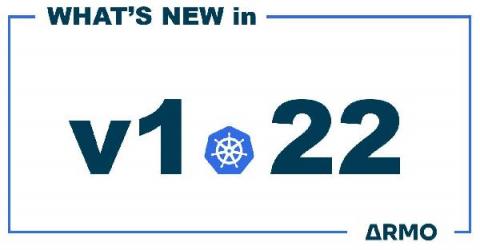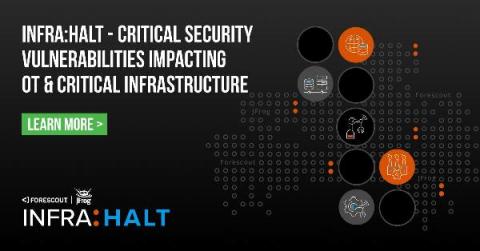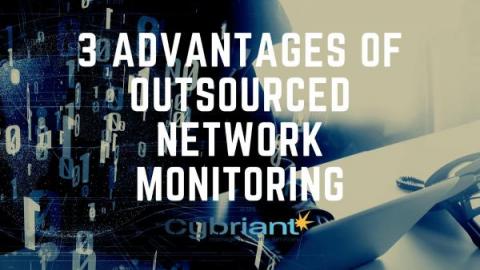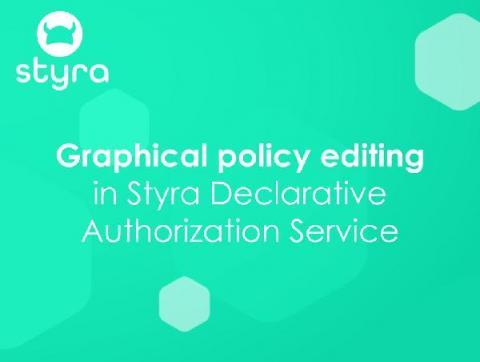Kubernetes version 1.22 release - everything you should know
Kubernetes version 1.22, the latest release of Kubernetes, comes with bug fixes, enhancements, and new features that make the platform more stable, scalable, and user-friendly. There are a total of 56 improvements with different maturity levels and a considerable number of API removals. In this article, I’ll focus on the security-related changes in Kubernetes as well as a few other significant changes in Kubernetes API and usability.











